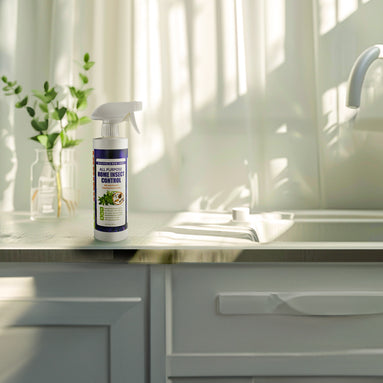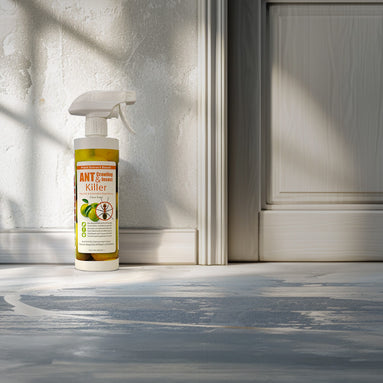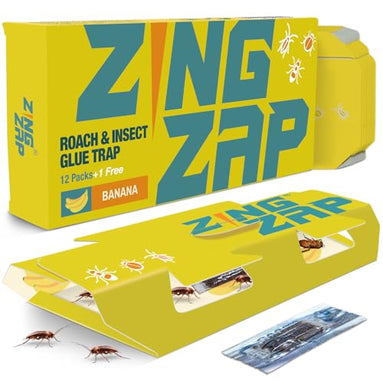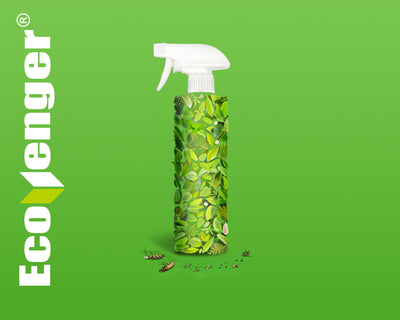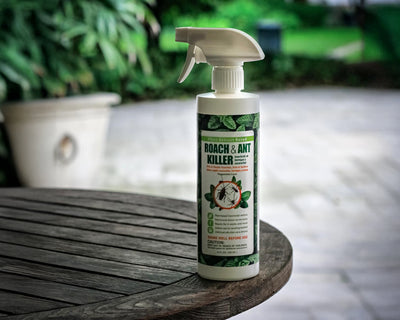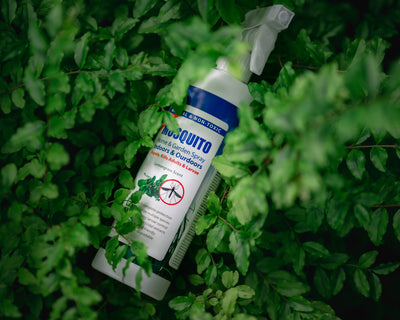Where Do Silverfish Come From and Why Are They in Your Home?
Silverfish are drawn to environments that are warm and humid. That means places like basements, bathrooms, attics, and kitchens are ideal hideouts. They enter homes through small cracks and gaps, or they may already be present in items like books, cardboard boxes, or stored clothing. Once inside, they tend to stay close to food sources and moisture, which explains their love for damp, dark corners.
So, what do they feed on? Silverfish have a diverse diet, feasting on anything containing starches or sugars. This includes paper, glue, cardboard, fabric, wallpaper, and even some pantry staples like cereals and flour. As harmless as they seem, silverfish can cause damage over time, especially if they take a liking to your favorite books, important documents, or stored clothing.
How to Identify Silverfish: Key Features
Silverfish are pretty easy to spot once you know what to look for:
- Color: Their bodies are metallic, silvery-gray, or light brown, giving them their "silverfish" name.
- Shape and Size: Silverfish have an elongated, teardrop-shaped body, growing between ½ to ¾ inches long.
- Movement: Their quick, fish-like movement is their signature trait, darting from one spot to another in a smooth, fluid motion.
- Antennae and Tails: They have long antennae on their heads and three tail-like appendages at the end of their bodies.
Silverfish may be mistaken for firebrats, a similar species. However, firebrats tend to be darker and thrive in hotter environments, while silverfish prefer more temperate, humid spaces.
Are Silverfish Harmful?
The good news is that silverfish don't bite, sting, or spread diseases. They are generally considered more of a nuisance than a direct health threat. However, they can cause damage to your belongings if left unchecked. Silverfish have a habit of nibbling away at your books, wallpaper, fabrics, and even important documents. Over time, their feeding can leave behind yellow stains, small holes, and ragged edges, especially in paper-based items.
How to Prevent and Control Silverfish
While silverfish may be persistent, there are a few key steps you can take to prevent them from turning your home into their personal hideout:
- Reduce Moisture: Since silverfish thrive in humid environments, lowering the humidity in your home can make it less attractive to them. Use dehumidifiers, improve ventilation, and fix any leaks that could provide moisture.
- Seal Entry Points: Silverfish can sneak through even the tiniest of cracks, so be sure to seal gaps around doors, windows, and baseboards. This will also help keep other pests out.
- Eliminate Food Sources: Silverfish feed on starches and sugars found in paper, cardboard, and fabrics. Store important documents, books, and food in airtight containers to limit their access to food sources.
- Keep Your Home Clean: Regularly cleaning and vacuuming helps eliminate silverfish eggs and prevents them from finding food. Pay special attention to basements, attics, and other storage areas where clutter tends to accumulate.
- Monitor High-Risk Areas: Silverfish love dark, secluded areas. Monitor spots like bookshelves, closets, and bathroom cabinets, especially if they are prone to dampness.
Spotting a Silverfish: What to Do
If you happen to spot a silverfish scurrying across your floor, don't panic. While they may look a little unsettling, they are relatively harmless. If you want to reduce their numbers, start by addressing the conditions that allow them to thrive—dampness, clutter, and accessible food sources.
With the right preventive steps and a little vigilance, you can keep silverfish from making themselves at home. These slippery little creatures may have outlived the dinosaurs, but with the proper approach, you can outsmart them!

